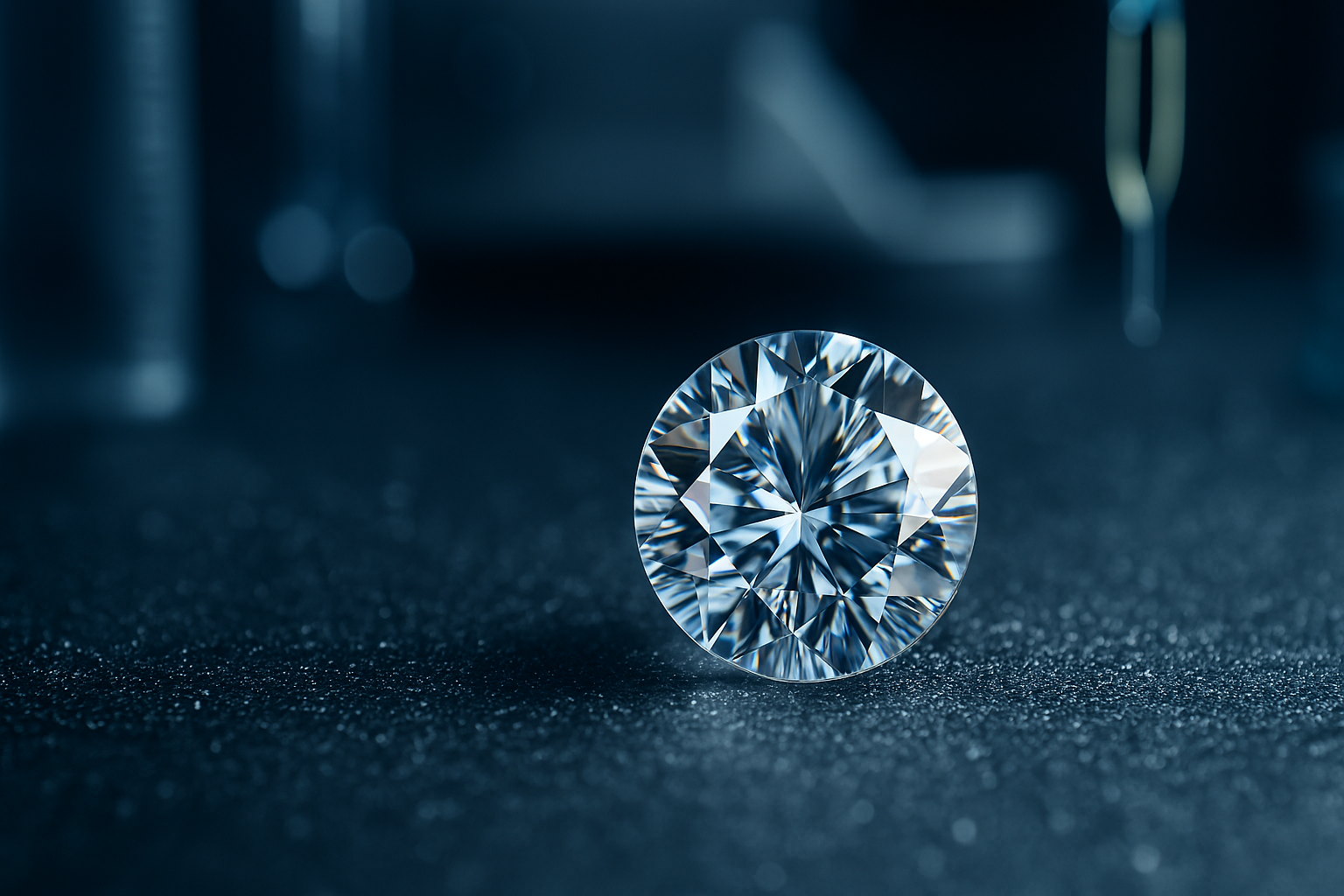In the world of fine jewelry, a quiet revolution is happening. What once sparkled exclusively beneath the earth is now being born in state-of-the-art laboratories — just as beautiful, just as real, and far more sustainable.
Welcome to the era of lab-grown diamonds — a movement redefining luxury, ethics, and innovation. Let’s explore why these stunning gems are not just a passing trend, but truly the future of the diamond industry.
1. What Are Lab-Grown Diamonds?
Lab-grown diamonds (also known as man-made, cultured, or engineered diamonds) are created using advanced technological processes that replicate the natural diamond-forming conditions deep within the earth.
There are two main methods:
-
HPHT (High Pressure, High Temperature): Mimics the heat and pressure that form natural diamonds.
-
CVD (Chemical Vapor Deposition): Builds diamonds layer by layer in a controlled environment.
2. Sustainability: A Sparkle with a Conscience
One of the strongest reasons lab-grown diamonds are the future is their eco-friendly footprint. Traditional diamond mining can cause deforestation, habitat destruction, and carbon emissions.
In contrast, lab-grown diamonds:
-
Use significantly less water and land
-
Produce 60–70% fewer carbon emissions
-
Cause zero mining damage to the environment
3. Ethical & Conflict-Free
For decades, the diamond industry has faced scrutiny over “blood diamonds” — gems mined in war zones and sold to finance conflict.
Lab-grown diamonds offer a transparent, ethical alternative:
-
Every stone has a fully traceable origin
-
No exploitation of workers or unsafe mining conditions
-
Consumers can wear their jewelry guilt-free
4. More Affordable, Same Brilliance
Here’s a dazzling truth: lab-grown diamonds can cost 30–50% less than mined diamonds of the same quality.
That means you can afford a larger carat size, higher clarity, or better cut without compromising your budget.
5. Innovation Meets Beauty
Lab-grown diamonds open new creative possibilities for designers and brands:
-
Custom cuts, colors, and sizes are easier to achieve
-
Designers can experiment freely without resource constraints
-
The jewelry industry becomes more inclusive and innovative
6. Certified & Recognized Worldwide
Leading gemological labs such as GIA (Gemological Institute of America) and IGI (International Gemological Institute) now certify lab-grown diamonds with the same grading standards as natural ones.
Every certified stone comes with a report detailing:
-
Cut, color, clarity, and carat weight
-
Growth method (HPHT or CVD)
-
Verification of authenticity
7. The Future of Jewelry Is Responsible Luxury
Consumers today want more than beauty — they want meaning.
Lab-grown diamonds represent a new generation of responsible luxury, where ethics, affordability, and design innovation coexist.
Major jewelry houses and contemporary brands alike are investing in lab-grown collections — a clear sign of where the market is heading.
💬 Frequently Asked Questions
Q1: Are lab-grown diamonds real diamonds?
Yes! Lab-grown diamonds are 100% real diamonds — same sparkle, same durability, same composition as mined ones.
Q2: Can you tell the difference between a lab-grown and natural diamond?
Not with the naked eye. Only advanced testing equipment can detect subtle growth patterns.
Q3: Do lab-grown diamonds hold value?
They typically cost less upfront, and while resale markets are evolving, their value lies in sustainability and beauty rather than rarity.
Q4: Are they durable for everyday wear?
Absolutely. Lab-grown diamonds are just as hard and long-lasting as mined ones (10 on the Mohs scale).
Q5: How can I make sure I’m buying an authentic lab-grown diamond?
Always look for certification from trusted labs like GIA, IGI, or GCAL. Reputable jewelers clearly state if a diamond is lab-grown.





